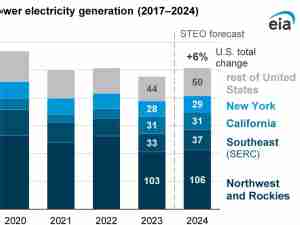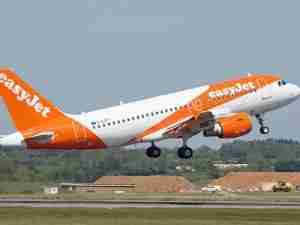Higher Fuel and Labor Costs Mean You’ll Pay More to Fly in 2017
By: | Jan 05 2017 at 04:00 AM | Air Cargo
After a comfortable two-year spell of cheap fuel and no major crises to dampen travel demand, U.S. airlines are in for what looks to be a more turbulent 2017. Buckle up.
Seven consecutive quarters of declining jet fuel expenses have come to an end as carriers are likely to report higher bills for the fourth quarter of 2016, with more increases in the offing. Crude oil prices have more than doubled from a February 2016 low of $26 per barrel, with many analysts expecting further, albeit modest increases this year.
Atop this cost pressure, three of the four largest U.S. airlines recently agreed to a bevy of labor contracts, representing roughly $3.3 billion in higher operating expenses by year’s end, according to Raymond James Financial Inc. Only American Airlines Group Inc. has been absent from contract negotiations of late, since its merger with US Airways three years ago resulted in new labor pacts. American’s pilots, however, are agitating for contract revisions to bring their pay more in line with raises gained by peers at Delta Air Lines Inc., Southwest Airlines Co., and United Continental Holdings Inc.
“This will be the first time in two years that jet fuel is going to go up, and everybody likes to say, ‘Oh, that’s priced in already.’ And my line is ‘No, it’s not,’ ” says Helane Becker, an analyst with Cowen & Co., which is forecasting a 20 percent decline for the U.S. industry’s adjusted net income this year.
For the first quarter, Becker projects that U.S. airlines’ two largest operating costs—employees and fuel—will rise 25 percent, led by a 17 percent jump in employee compensation. The airlines, she said, “are seeing cost increases but not seeing their pricing power going up as much as the costs.”
Citing shrinking profit margins, Cowen cut its ratings on Wednesday to market perform on five U.S. carriers: Alaska Air Group Inc., JetBlue Airways Corp., Spirit Airlines Inc., American, and United.
Despite the turbulence ahead, airlines still see some positive signs. The big one is on the revenue front—namely, getting passengers to lay down more cash for tickets . After more than a year of unit revenue declines owing to a capacity glut that suppressed fares, the carriers hope to reverse the trend in the first quarter. On Wednesday, Delta buttressed this argument when it reported that passenger revenue per available seat mile (one seat flown one mile, a standard industry metric), was flat in December .
This was welcome news to analysts, many of whom have become obsessed with when the industry would turn this particular corner. It also bodes well for other airlines seeking to curb capacity and squeeze more dollars out of their customers.
Other reasons you can expect to pay more in 2017 include Alaska’s merger with Virgin America , a consolidation that could lead to higher fares on some routes. Meanwhile, American and United will debut new basic fares to segment their cabins even further, based on price, following a previous such effort at Delta. The airlines expect such efforts to add hundreds of millions of dollars in new revenue over the next few years. And finally, U.S. carriers are looking to increase their overall capacity by less than 3 percent, the least since 2013, according to analysts at JPMorgan Chase & Co.
All of this means travelers will likely pay more to fly than they have in recent years—largely because the airlines really need your money.











